Filter by
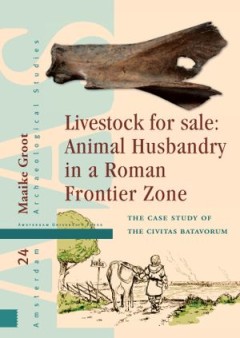
Livestock for Sale Animal Husbandry in a Roman Frontier Zone
The civitas Batavorum was a settlement on the north-western frontier of the Roman Empire, and it is now the site of numerous archaeological excavations. This book offers the most up-to-date look yet at what has been discovered, using the newest archaeological techniques, about the town and its economy, its military importance, and the religious and domestic buildings it held. It will be essenti…
- Edition
- -
- ISBN/ISSN
- 9789048530281
- Collation
- -
- Series Title
- -
- Call Number
- -
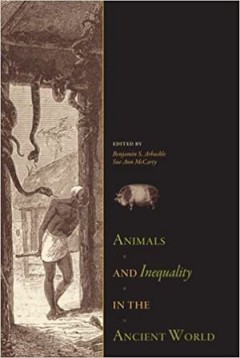
Animals and Inequality in the Ancient World
Animals and Inequality in the Ancient World explores the current trends in the social archaeology of human-animal relationships, focusing on the ways in which animals are used to structure, create, support, and even deconstruct social inequalities. The authors provide a global range of case studies from both New and Old World archaeology—royal Aztec dog burial, the monumental horse tombs of C…
- Edition
- -
- ISBN/ISSN
- 9781646422487
- Collation
- -
- Series Title
- -
- Call Number
- 930.1 ANI a

Oceanography and Marine Biology: An Annual Review, Volume 56
Oceanography and Marine Biology: An Annual Review remains one of the most cited sources in marine science and oceanography. The ever increasing interest in work in oceanography and marine biology and its relevance to global environmental issues, especially global climate change and its impacts, creates a demand for authoritative reviews summarizing the results of recent research. OMBAR has cate…
- Edition
- -
- ISBN/ISSN
- 9780429845765, 0429845766
- Collation
- -
- Series Title
- -
- Call Number
- -
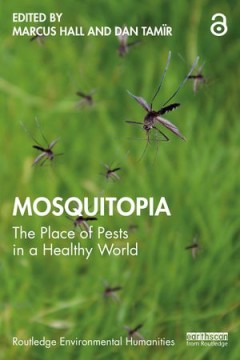
Mosquitopia The Place of Pests in a Healthy World
This edited volume brings together natural scientists, social scientists and humanists to assess if (or how) we may begin to coexist harmoniously with the mosquito. The mosquito is humanity’s deadliest animal, killing over a million people each year by transmitting malaria, yellow fever, Zika and several other diseases. Yet of the 3,500 species of mosquito on Earth, only a few dozen of them a…
- Edition
- -
- ISBN/ISSN
- 9781000435108
- Collation
- -
- Series Title
- -
- Call Number
- -
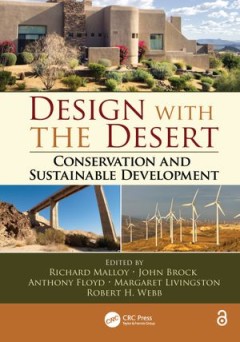
Design with the Desert Conservation and Sustainable Development
Typical development in the American Southwest often resulted in scraping the desert lands of the ancient living landscape, to be replaced with one that is human-made and dependent on a large consumption of energy and natural resources. This transdisciplinary book explores the natural and built environment of this desert region and introduces development tools for shaping its future in a more su…
- Edition
- -
- ISBN/ISSN
- 9781439881385, 1439881383
- Collation
- -
- Series Title
- -
- Call Number
- -
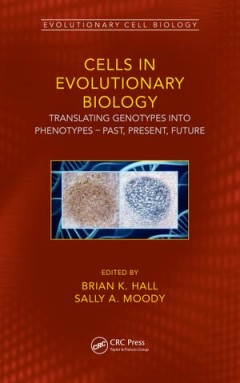
Cells in Evolutionary Biology Translating Genotypes into Phenotypes - Past, …
This book is the first in a projected series on Evolutionary Cell Biology, the intent of which is to demonstrate the essential role of cellular mechanisms in transforming the genotype into the phenotype by transforming gene activity into evolutionary change in morphology. This book —Cells in Evolutionary Biology — evaluates the evolution of cells themselves and the role cells have been view…
- Edition
- -
- ISBN/ISSN
- 9781498787871, 1498787878
- Collation
- -
- Series Title
- -
- Call Number
- -
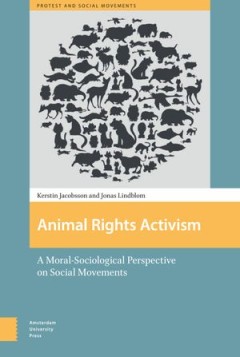
Animal Rights Activism A Moral-Sociological Perspective on Social Movements
We’re in an era of ever increasing attention to animal rights, and activism around the issue is growing more widespread and prominent. In this volume, Kerstin Jacobsson and Jonas Lindblom use the animal rights movement in Sweden to offer the first analysis of social movements through the lens of Emile Durkheim’s sociology of morality. By positing social movements as essentially a moral phen…
- Edition
- -
- ISBN/ISSN
- 9789048525485
- Collation
- -
- Series Title
- -
- Call Number
- -
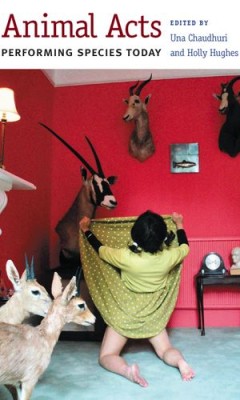
Animal Acts Performing Species Today
We all have an animal story—the pet we loved, the wild animal that captured our childhood imagination, the deer the neighbor hit while driving. While scientific breakthroughs in animal cognition, the effects of global climate change and dwindling animal habitats, and the exploding interdisciplinary field of animal studies have complicated things, such stories remain a part of how we tell the …
- Edition
- -
- ISBN/ISSN
- 9780472901104
- Collation
- -
- Series Title
- -
- Call Number
- -
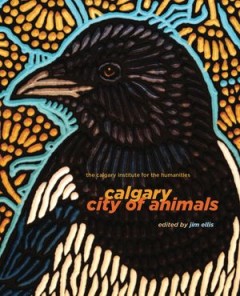
Calgary
How have our interactions with animals shaped Calgary? What can we do to ensure that humans and animals in the city continue to co-exist, and even flourish together? This wide-ranging book explores the ways that animals inhabit our city, our lives and our imaginations. Essays from animal historians, wildlife specialists, artists and writers address key issues such as human-wildlife interactions…
- Edition
- -
- ISBN/ISSN
- 9781552389683
- Collation
- -
- Series Title
- -
- Call Number
- -
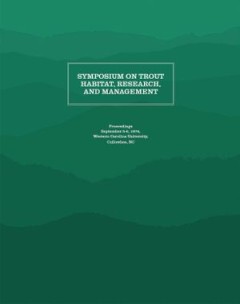
Symposium on Trout Habitat
This publication is the proceedings from a symposium on trout habitat held in 1974 at Western Carolina University in Cullowhee, North Carolina on trout habitat in the Southern Appalachians. Research and management issues were addressed, including challenges to trout habitats such as deforestation, fire, overgrazing, dams, mining, urban and industrial waste, road construction, and poor agricultu…
- Edition
- -
- ISBN/ISSN
- 9781469636511
- Collation
- -
- Series Title
- -
- Call Number
- -
 Computer Science, Information & General Works
Computer Science, Information & General Works  Philosophy & Psychology
Philosophy & Psychology  Religion
Religion  Social Sciences
Social Sciences  Language
Language  Pure Science
Pure Science  Applied Sciences
Applied Sciences  Art & Recreation
Art & Recreation  Literature
Literature  History & Geography
History & Geography